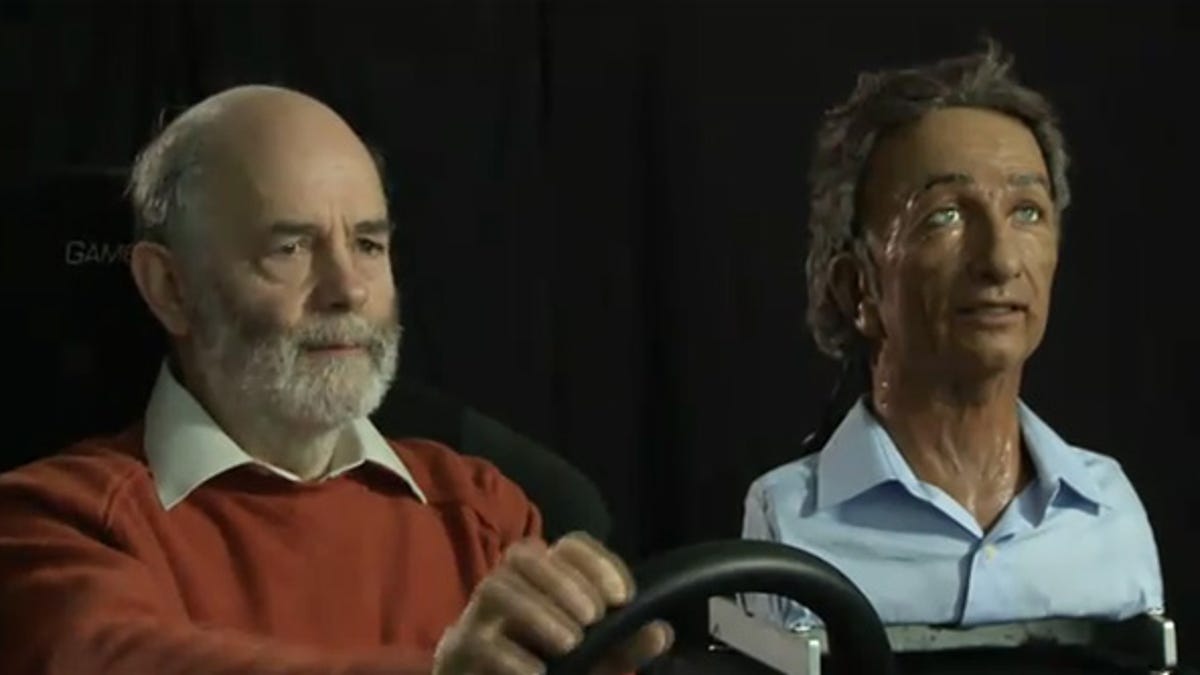Emotionally intelligent robot sat-nav prototype reduces road rage
A university professor and his team have devised a sat-nav that can analyse a driver's emotions, adjusting its behaviour according to their mood. Oh, and it has a robot head.

Most of us can agree sat-navs are infuriating to use. Their monotone voices, dodgy directions and nonsensical user interfaces often drive us to distraction as opposed to our intended destination.
One Cambridge University scientist thinks he may have found the solution, however. Professor Peter Robinson and his team have devised a sat-nav that can analyse a driver's emotions, adjusting its behaviour according to their mood.
The device uses cameras to detect facial expressions -- frowns, smiles and so forth -- as well as a microphone to detect increasing levels of irritation in a driver's voice. The system then calculates your mood and issues sympathetic messages -- and this is where it gets a little freaky -- via a disembodied robotic head sitting alongside the driver.
Professor Robinson told the BBC that in the future, the system could evolve to do more than just pull faces. It could try to reduce an annoyed driver's stress levels by preventing their mobile phone from ringing, turning the radio off or even turning the sat-nav off temporarily to "let you go in the wrong direction to allow you to recover your composure". Okaaaay.
We admire Professor Robinson's work, but we can't help thinking the system has a long way to go before it's effective. And less weird.
Firstly, there are countless factors that influence a driver's mood -- or simply the look on their face. He or she could be frowning because of heavy traffic, because another passenger has farted or because of indigestion. Having your 'intelligent' sat-nav block an incoming call or switch itself off entirely because you ate a dodgy bagel sounds a little silly to us.
What do you think? Would gadgets be better if they were more sympathetic to a user's feelings? Do you want your GPS to know when you're happy or sad? Watch the video below to learn more about the system and let us know what you think in the comments below.